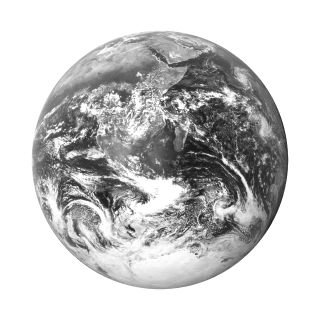
Overview
Central Honshū (本州中部; Honshū Chūbu) is Japan's heartland, stretching out between the sprawling metropolises of Greater Tokyo and Kansai. The awesome Japan Alps rise sharply near the border of Gifu and Nagano Prefectures before rolling north to the dramatic Sea of Japan coast.
Leave the planning to a local expert
Experience the real Central Honshū. Let a local expert handle the planning for you.
Must-see attractions
Get a book. Get inspired. Get exploring.
in partnership with getyourguide


















